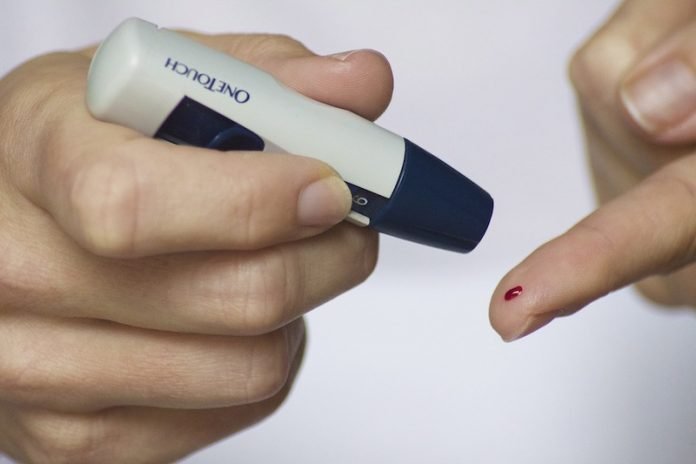
In a new study, researchers found for the first time an enzyme that seems to be critical for normal healing—and, in diabetic patients, appears to be missing.
The discovery also hints at a possible treatment for non-healing wounds in diabetes.
The research was conducted by a team from Michigan Medicine.
For the average person, getting a cut or scrape on the foot may not be cause for immediate concern. However, for people with type 2 diabetes, these wounds can be life-threatening.
About one-third of the cost of type 2 diabetes treatment is related to non-healing diabetic foot wounds and ulcers, which are the leading cause of amputation in the United States.
Most people don’t realize that if someone has a major amputation due to a non-healing wound, they have only a 50% survival rate at three years, which is actually worse than most cancers.
According to the team, it all starts with the immune system and cells called macrophages.
During normal healing, an injury triggers the immune system to release monocytes in the blood which travel to the site of damaged tissue and become macrophages.
At first, these macrophages create an inflammatory response to engulf and eliminate any bacteria or other pathogens.
These same macrophages then change into a non-inflammatory repair mode to generate new tissue and promote healing. With diabetes, this conversion never takes place and inflammation persists.
The team suspected that something environmental triggered epigenetic changes that prevented the macrophages from completing their job.
Type 2 diabetes typically develops over 20 to 30 years, and while genetics certainly play a role, we speculated that behaviors such as smoking or a long-term unhealthy diet were causing permanent epigenetic changes in the cells.
Epigenetics refers to changes in gene expression that do not come from changes from the underlying DNA sequence.
Using mice and human tissues, the team discovered for the first time that an epigenetic enzyme called Setdb2 regulates the conversion of macrophages from an inflammatory type to a repair type.
In diabetic mice, Setdb2 did not increase at the critical time and their wounds remained inflamed.
The team also found that Setdb2 appears to be a player in the metabolism of uric acid, known to be elevated in people with diabetes.
People with high blood concentrations of uric acid can develop gout, which can cause painful inflamed joints.
In normal healing, Setdb2 turns off xanthine oxidase, the enzyme that produces uric acid. In doing so, Setdb2 turns off inflammation.
To see whether blocking uric acid could help wound healing, the team put allopurinol, a common drug used to treat gout and kidney stones, locally to wound sites in their diabetic mouse models.
The drug seemed to improve healing, and the data looks very promising for using this as local therapy.
The team says applying allopurinol directly to the wounds could help avoid some of the toxic systemic side effects associated with the drug.
The team hopes to eventually bring their findings to clinical trials, look for other inflammatory genes that may be targeted, and explore ways of increasing Setdb2 for cell-based therapy.
One author of the study is Katherine Gallagher, M.D., vascular surgeon and an Associate Professor.
The study is published in the journal Immunity.
Copyright © 2019 Knowridge Science Report. All rights reserved.



